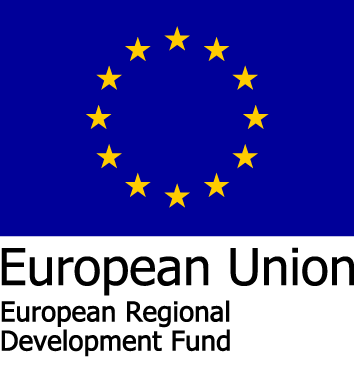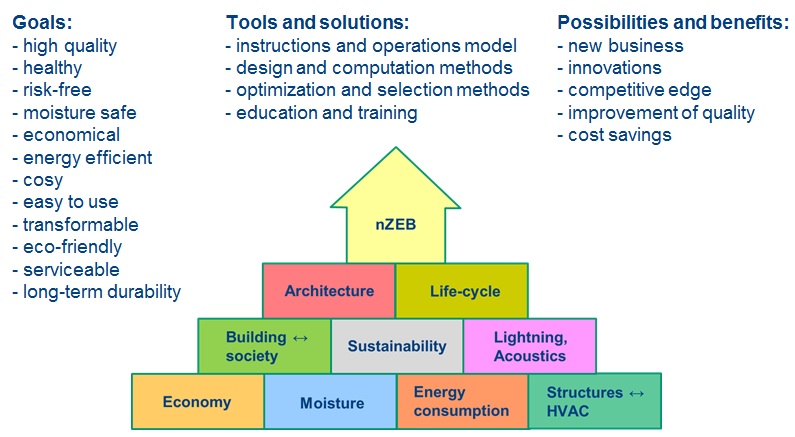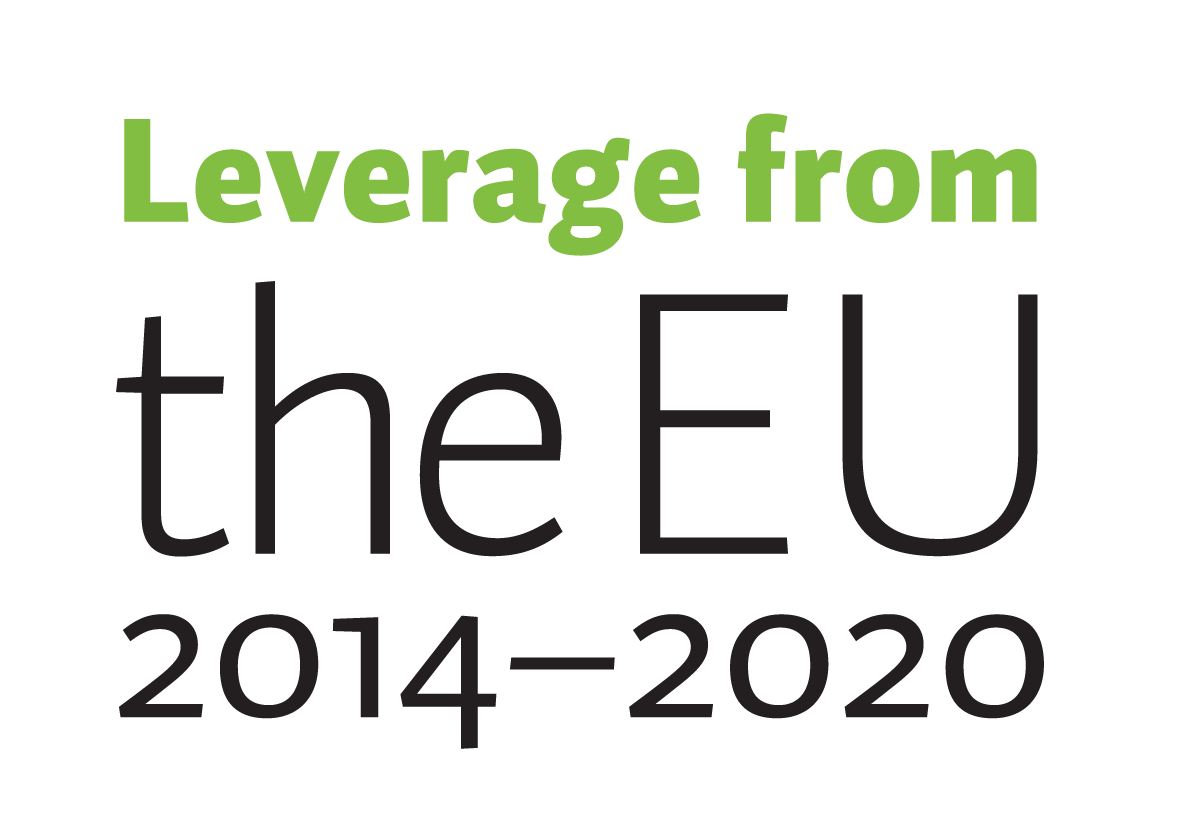 All new municipal buildings are required to be nearly zero-energy buildings (nZEB) from 2019 onwards. The requirement extends to cover all new buildings by the end of year 2020. However, successful implementation of ambitious building energy regulations is a demanding task, especially in municipal service buildings. This requires careful consideration of all the main influencing factors related to the functioning and energy consumption of the whole building and its parts. As the energy efficiency regulations tighten, the amount of renewable energy production integrated into the service buildings increases.
All new municipal buildings are required to be nearly zero-energy buildings (nZEB) from 2019 onwards. The requirement extends to cover all new buildings by the end of year 2020. However, successful implementation of ambitious building energy regulations is a demanding task, especially in municipal service buildings. This requires careful consideration of all the main influencing factors related to the functioning and energy consumption of the whole building and its parts. As the energy efficiency regulations tighten, the amount of renewable energy production integrated into the service buildings increases.
COMBI-project focuses on identifying and solving the main topics related the improving energy efficiency of municipal service buildings. The work is divided into five work packages, from which four focus on the actual research and the fifth covers the organization of the project and reporting the results. The project includes numerical simulations, laboratory and field measurements and surveys at case buildings.
The next figure shows some of the main areas, that affect and are affected by building energy efficiency.

Objectives:
- To analyze the improvement of energy efficiency of municipal service buildings to nearly net-zero energy comprehensively.
- To improve the energy efficiency of municipal service buildings in a way that also other requirements and goals set for them are fulfilled.
- To generate research results that create new business opportunities, improve the level of know-how of businesses and clarify their practices in energy efficient construction.
- To create scientific knowldege about architectural, spatial and functional solutions of nearly zero-energy municipal service buildings.
- To improve the energy efficient structural solutions, repair options and execution possibilities of envelope structures of municipal service buildings in both new construction and retrofitting.
- To improve the energy efficiency of heating, cooling, air conditioning, lighting and production of electricity in municipal service buildings.
- To find out how remote (not on-site or nearby) production of renewable energy can be taken into account in energy efficiency inspections of both municipal service buildings and other buildings.
- To define and improve the building processes of municipal service buildings in terms of energy efficiency, both during construction and operation.
- To provide a more accurate understanding on the size of investments and cost-efficiency of multiple simultaneous design solutions.
- To formulate recommendations for energy efficiency requirements for nearly zero-energy municipal service buildings in Finland’s climatic conditions.
- To disseminate information to municipalities, ministry and businesses on the effects and solutions of lowering energy consumption in service buildings.
 The project involved seven research groups from Tampere University, Aalto University and Tampere University of Applied Sciences. The responsible leader of the project was Professor Juha Vinha and the project manager was Anssi Laukkarinen. The project ran from 2015 to 2018.
The project involved seven research groups from Tampere University, Aalto University and Tampere University of Applied Sciences. The responsible leader of the project was Professor Juha Vinha and the project manager was Anssi Laukkarinen. The project ran from 2015 to 2018.
The project received funding from a large group of companies. A total of 37 companies were involved, as well as the Cities of Tampere and Helsinki, and 7 municipalities in the Tampere City Region. Funding was also received from Innovative Cities project of the Finnish Funding Agency for Innovation TEKES and from the European Regional Development Fund.
More information about COMBI from Professor Juha Vinha and project manager Anssi Laukkarinen.
